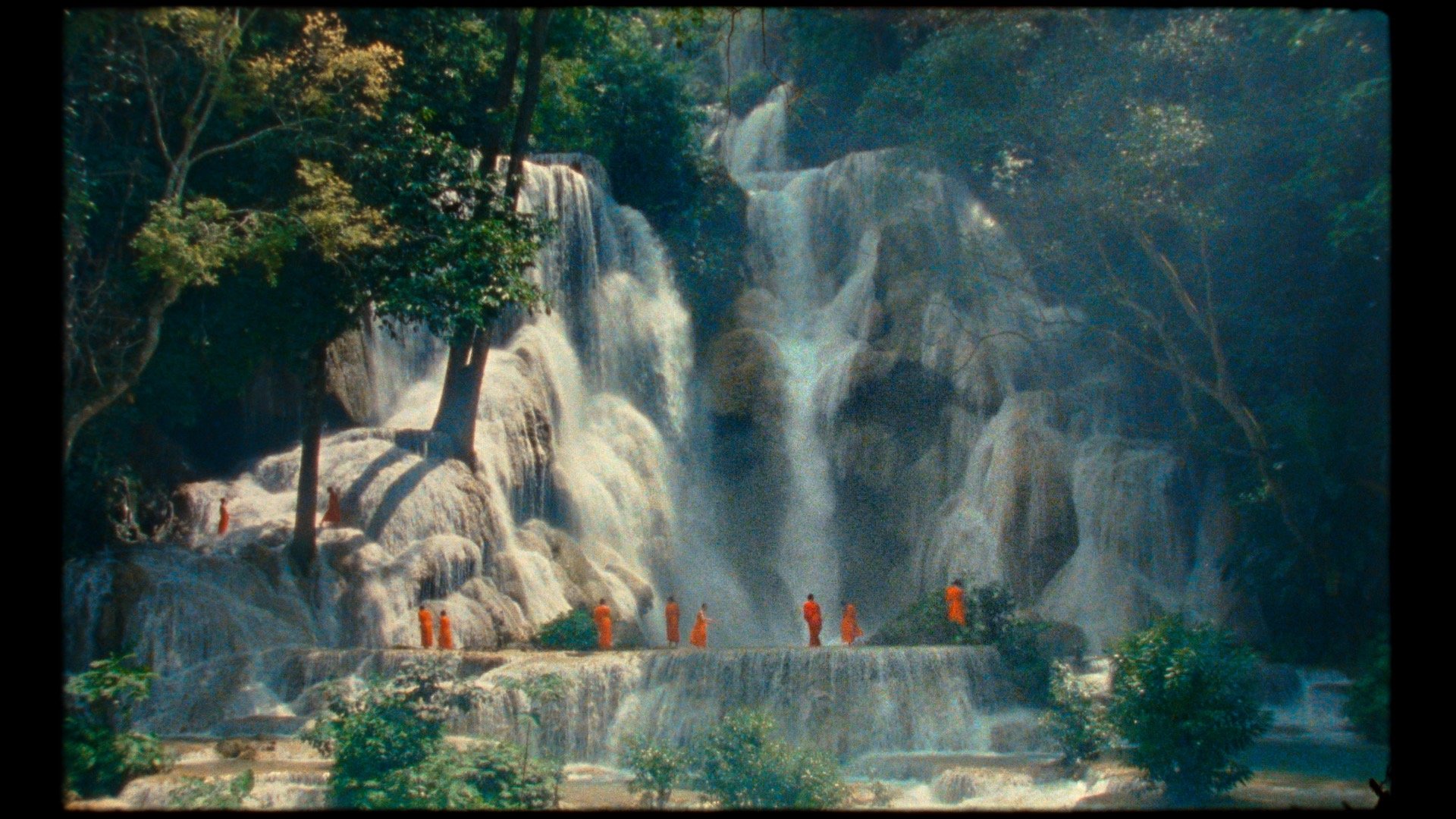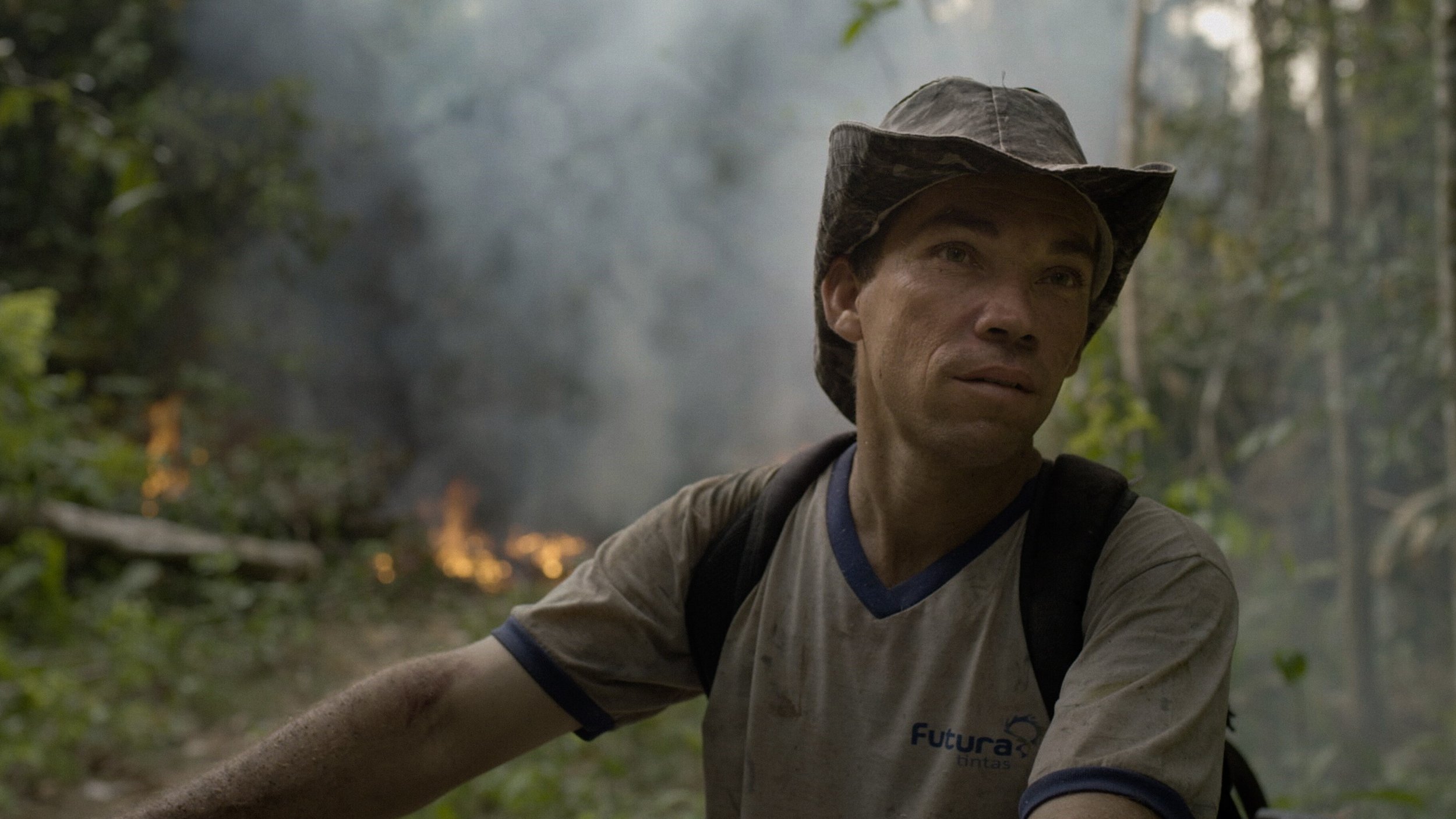Creative tools for a less boring documentary.
According to many, documentaries are the most boring format in cinema.
And I understand why.
Sit-down interviews in a comfy studio interspersed with emotionless B-Roll certainly doesn’t make for an interesting watch. Part of the problem is, that they are bound to having to tell the truth. As documentary filmmakers, we don’t have the same creative freedom found in fiction. But we do have some.
In fact, the whole genre is currently undergoing an evolution away from traditional historical slideshows to more immersive, interpretive experiences. It’s truly an exciting time to contribute to this movement. So today, I want to touch on how we can imbue a documentary film with our own unique vision and artistic impressions, all without obscuring the truth of the story!
As always, you can skip ahead using the chapter headings below:
Chapters:
What does truth mean in a documentary
Before we get into it, you need to answer one important question for me;
What is truth to you?
And yes, there is more than one way. Your answer to this question will determine your options for being creative, so think carefully. If truth to you is showing exactly on screen what happens in real life, you might be quite limited. But interestingly, visual truth is not always the best way forward.
For example, how do you show someones emotion on screen?
Is it really enough to show them crying?
Does that capture their painfully?
How do you capture fear?
Hope?
Longing?
You will find that it is often difficult to tell a truthful story simply through filming a scene as it presents itself to you. Thefore think, what other definitions of truth can you come up with?
Here are some examples:
Truth is when the subject of your film confirms that your film communicates what they feel.
Truth is that which inspires your viewers to act.
Truth is whatever exposes the lies in this story.
Write down your own definition for this story, and then take some notes on how you can achieve it.
How to add your own perspective in a documentary
It is time to let go of the notion that you can tell a perfectly truthful story. Human emotions are subjective, and we are all equally fallible. This means, that you might as well embrace your individuality. Adding your own perspective to a story is perhaps also one of the easiest ways to put a creative spin on your story.
A great example is 20 Days in Mariupol: A gruelling war documentary leading Mstyslav Chernov to film a first person view of the life in Mariupol, Ukraine during the Russian siege. We never see Mstyslav, but hear his voice and look through his eyes as he speaks to residents and takes part in the cities most dangerous confrontations.
Although the narration is his, we feel deeply immersed because of his connection to the local population. Consider this approach for your next film.
Creating a documentary without a camera?
Have you ever considered making a film without filming anything?
It is possible.
There are many ways to provide unique perspectives on a story, and often the solution lies in finding footage elsewhere.
A great example here is Beyond Utopia. The film follows escapees from North Korea fleeing the country to make their way into freedom. The twist is, that the film uses no recreations and all escapes are filmed live, as they are happening. To achieve this, the escapees and traffickers used smartphones, GoPros and whatever else they could use to film every step of the escape.
Similarly, The Territory involves local amazonian tribes in the filming process, leaving them with expensive camera equipment to gain a more authentic perspective into their lives.
As you can see, you don’t always have to be the one filming. Consider all avenues to get footage. Security cameras, online live streaming platforms, webcams, whatever you can think of. Even if the quality is lower, this can give you a unique perspective.
Creative uses of sound in documentary
The perhaps most common way to use sound in documentaries is to match action with realistic sound effects to convey the meaning of a scene. Similarly, music is often matched to convey the associated emotion. The problem here is, that this is very predictable. We are all familiar with the standard classical themes and natural sound effects.
The movie Samsara does something very different. To convey the experience of death and rebirth, the filmmakers decided to use very unexpected sound effects, matching the image of a boy running with the sound of a quiet ringing. It seems mismatched, but also intriguing.
Sometimes, it can be effective to not go the conventional route, and even make controversial choices with sound and music. Here it is important to remember your definition of truth, and use it to inform your direction.
Using Animation in documentary - a no go?
This one needed a special mention because it is so controversial.
It is possible to complete an entire documentary without using any real footage at all.
The question is, should you?
The movie Flee proved this, following the journey of an Afghan refugee entirely using animation to protect his identity. The movie is entirely truthful, but the animation allows for a certain amount of creative freedom, using different animation styles to communicate emotions, or even the clarity andfuzziness of certain memories.
I personally think that it was a stroke of genius and created a unique telling of a true story. In fact, using animation allowed the subject to speak more freely than they otherwise would have. In that way one could argue it was even more true.
Animation can be an expensive exercise, so consider this mainly as a lesson that documentaries can take many shapes and sizes and can look a number of different ways.
Creative Lighting in Documentary
Not everything has to look 100% natural in a documentary. If adapting the lighting helps you communicate certain emotions, this can be a strong tool to help you tell a better story.
The documentary Honeyland does a fantastic job of setting a very specific mood with its lighting. This is not to say that much of the lighting was artificially created. The filmmakers moreso chose their timing very carefully, spending years among the Mazedonian village to capture the life of Hatidže and her mother. The scenes inside her home give incredibly strong contrast, showing the faces of the two women light up against a deep black background. It almost gives them an appearance of floating in space and makes their life seem otherworldly.
Consider how lighting in your films can influence your own storytelling, and don’t be afraid to try out something new.






